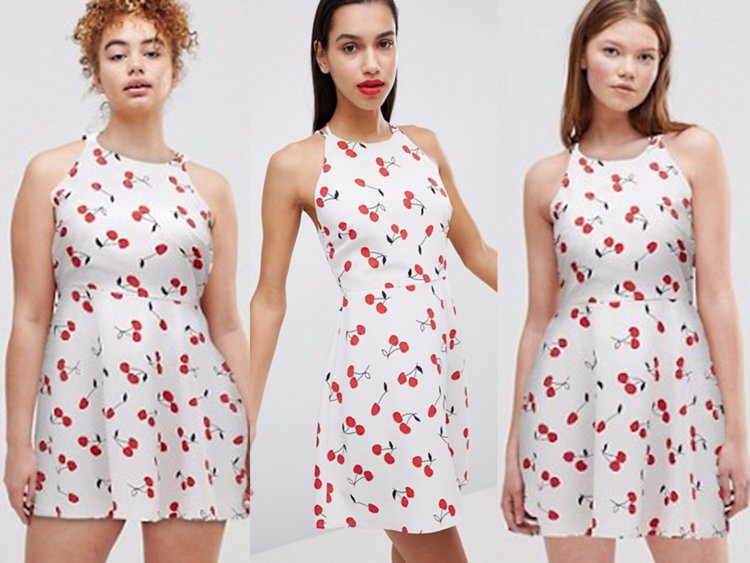Diverse and inclusive advertising has been a hot topic in the industry for a few years now. Today, brands that do not show diversity of age, gender, color, or body type, etc. often face backlash from shoppers. The trend, however is going one step further with brands and retailers exploring new ways to embrace inclusivity. It is no longer enough to show inclusive imagery; the brand must also talk the talk.
Fashion has been one of the most active categories so far, launching new initiatives to make shopping more inclusive. Fashion e-tailer Asos has started to add photos of different size models wearing the same clothing to help shoppers visualize how a garment would look on their own body shape. Tommy Hilfiger launched an adaptive clothing collection in Spring 2018, offering innovative, modified, and adjustable details for more inclusive apparel such as magnetic buttons, adjustable hems, and bungee cord and Velcro-brand closures.
While most technology today is designed for the mass market, several large companies are doing the opposite by developing tools that would make life more livable for people with disabilities. Google announced earlier this month that it is bringing Morse code as an input method to Gboard for iOS. When activated, Morse code fills the keyboard area with two large dot-and-dash icons. Meanwhile, Alexa now has a web app that reads sign language through a camera, and then relays the words aloud to an Amazon Echo. The app allows those who are hard of hearing to ‘talk’ to a voice interface using nothing but their hands and their eyes.
Grocery retail channels are also getting on the inclusivity bandwagon. Morrison’s recently introduce a weekly quiet hour for customers who struggle with the noise associated with grocery shopping, like those on the autism spectrum. Similarly, the app SoundPrint—which offers Yelp-style reports on the noise levels of thousands of restaurants, bars, and cafes across the U.S.—was developed after surveys by both Zagat and Consumer Reports found excessive noise to be the chief complaint among diners.
Today’s shoppers want brands to be more human, to be more than their product, and to add value to their lives. The same goes with commerce: It’s not just about the purchase. shoppers want brands to show empathy, and make efforts to build relationships and environments that allow everyone to feel comfortable as they shop. We expect to see more and more brands and retailers making their shopping experience more inclusive in the near future.
Contributed By:Laurence Poichot
Image Source: Insider


